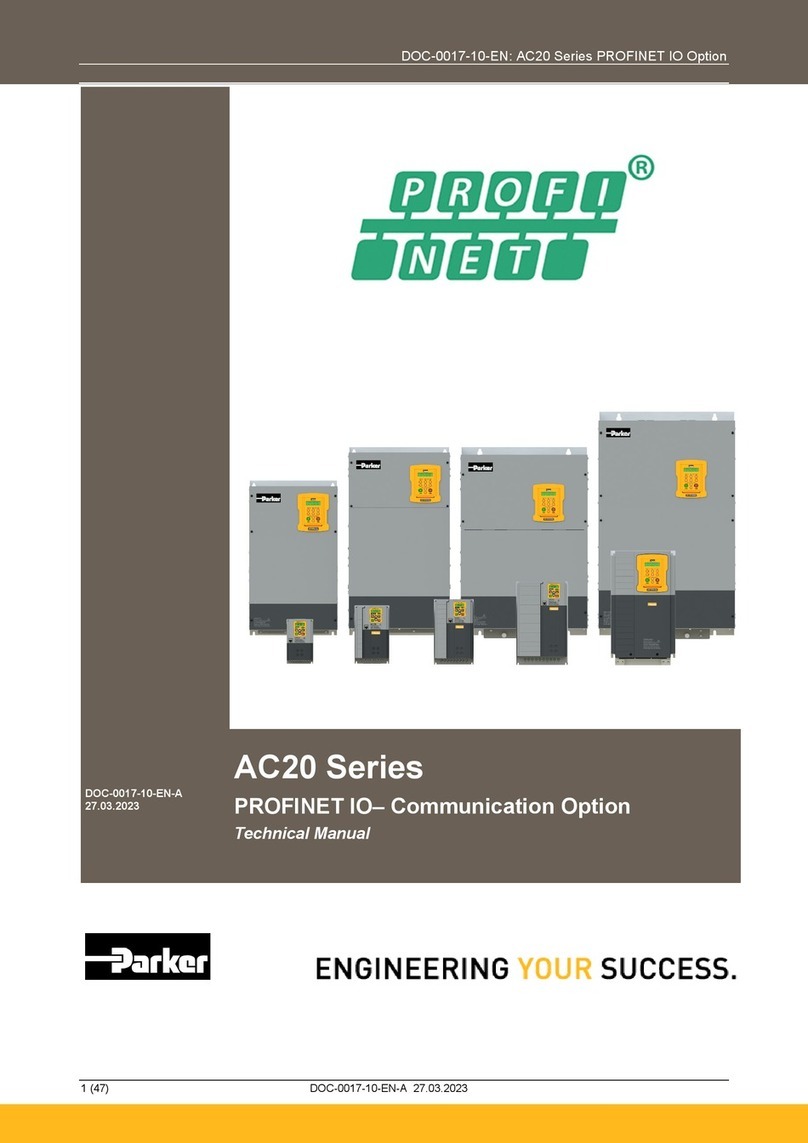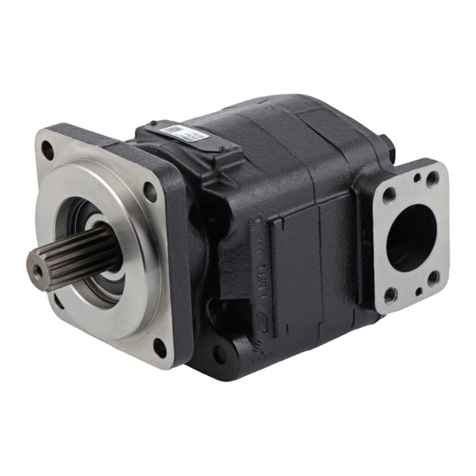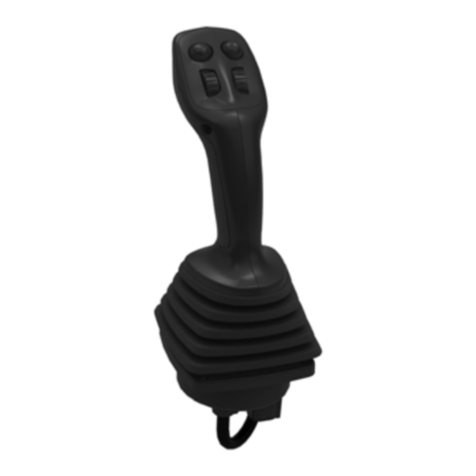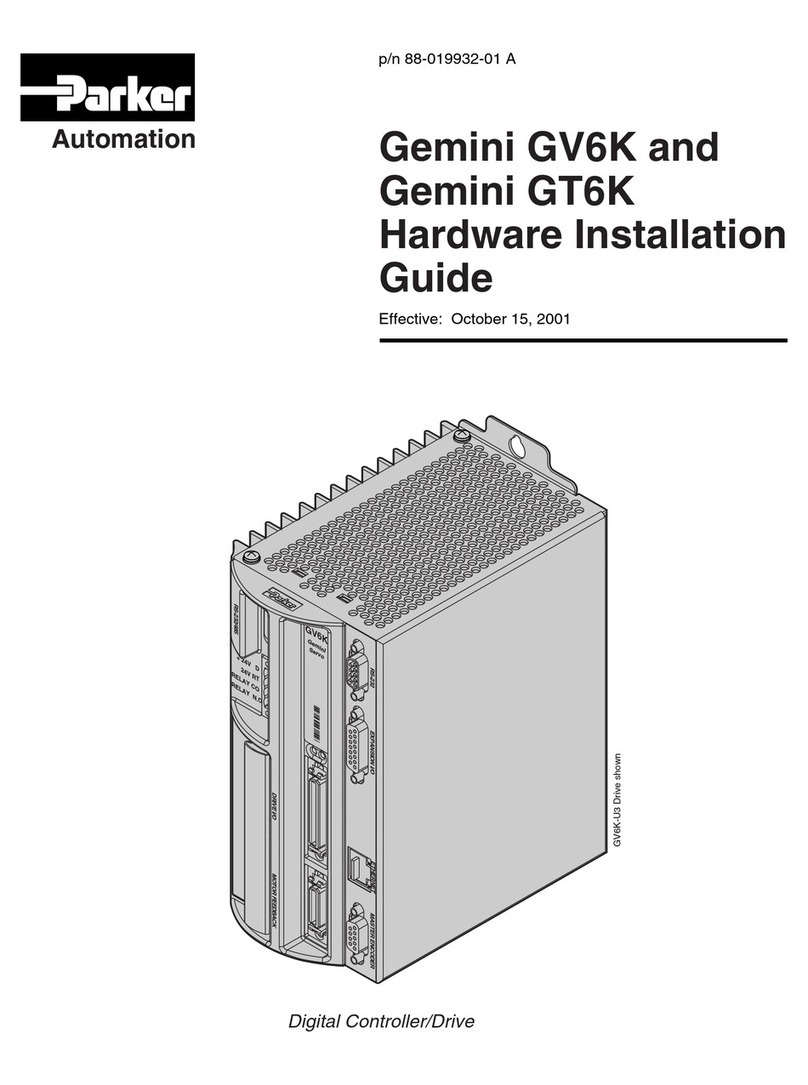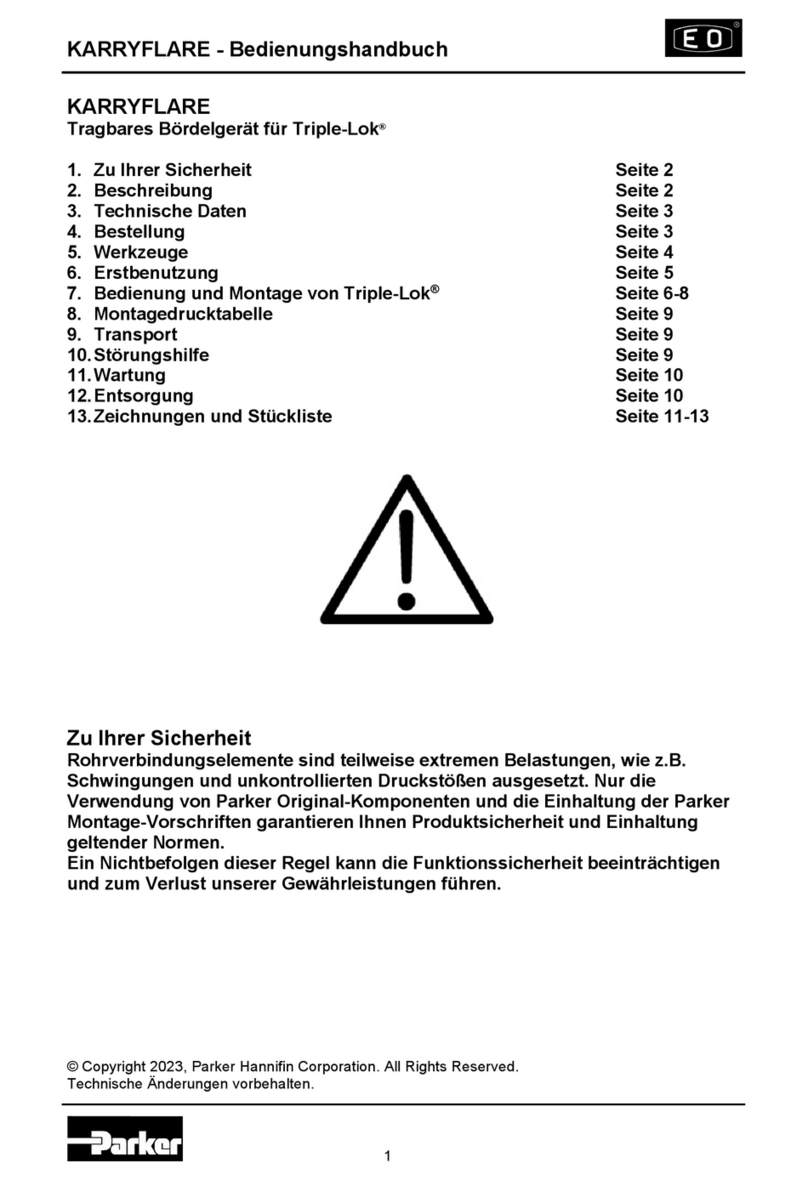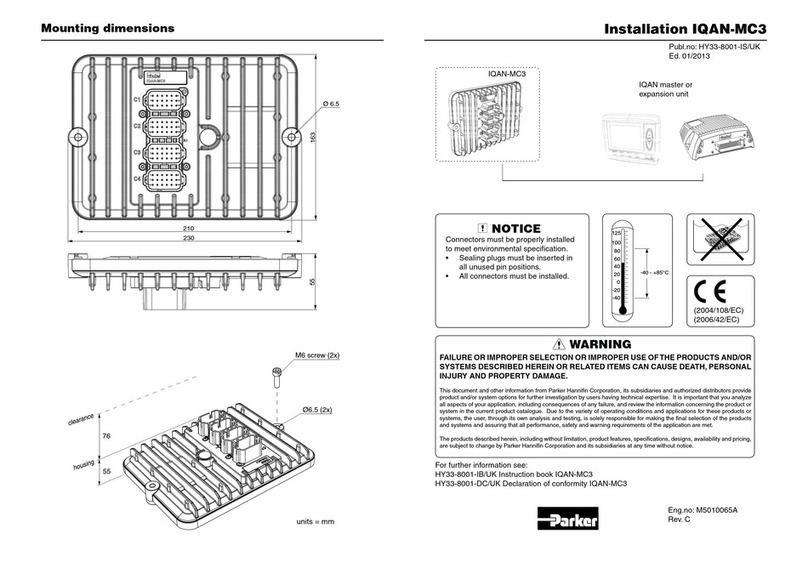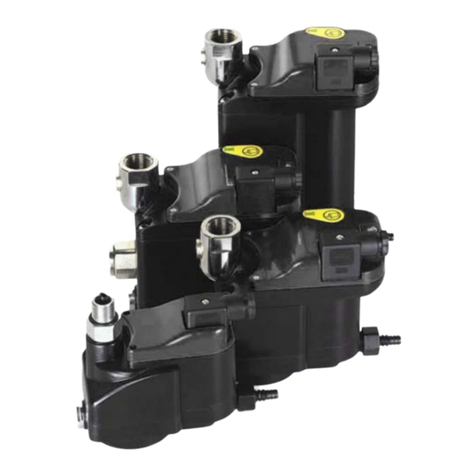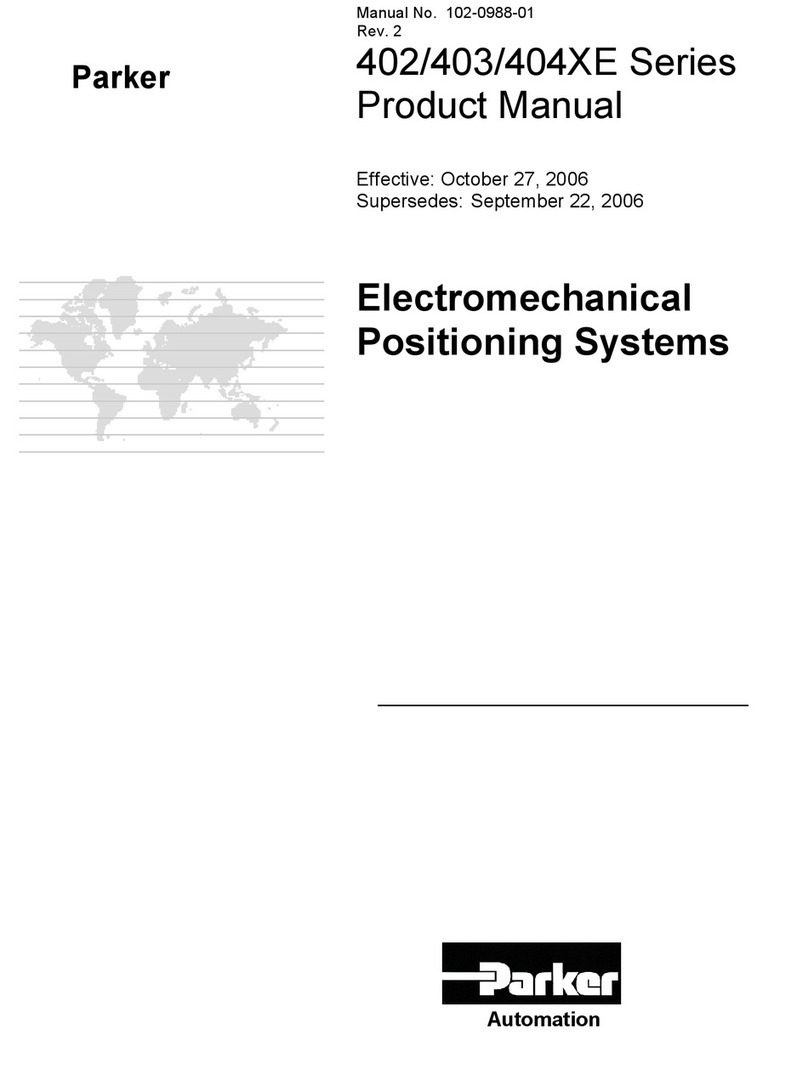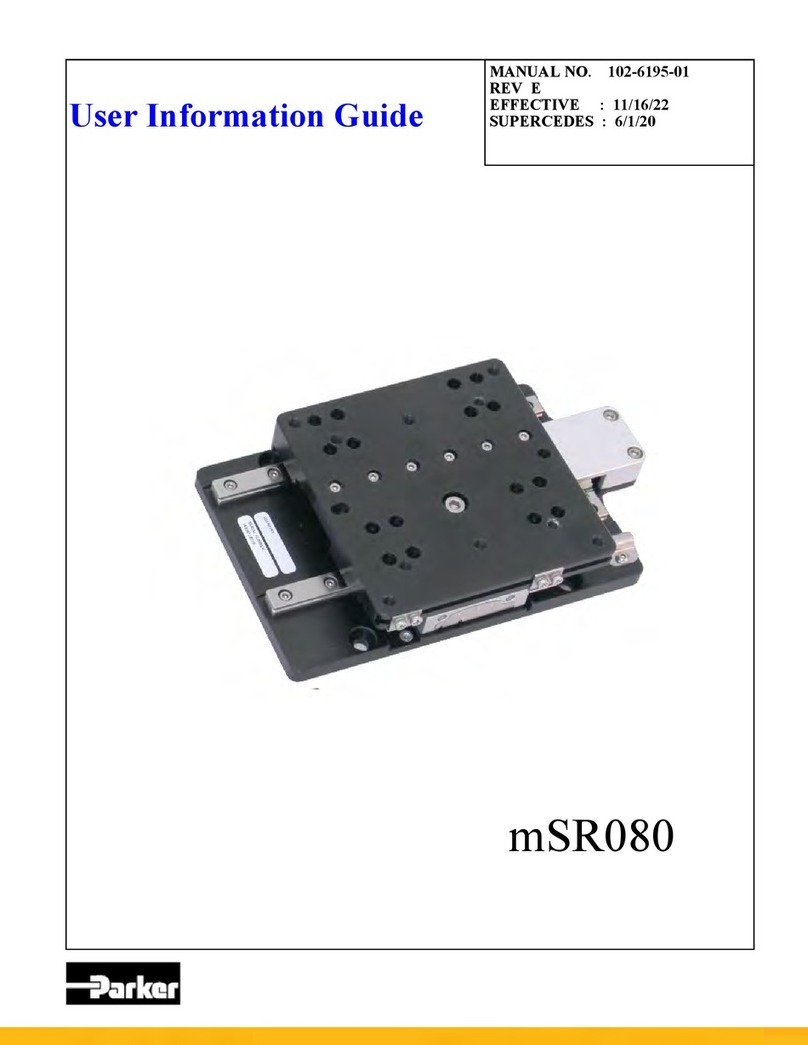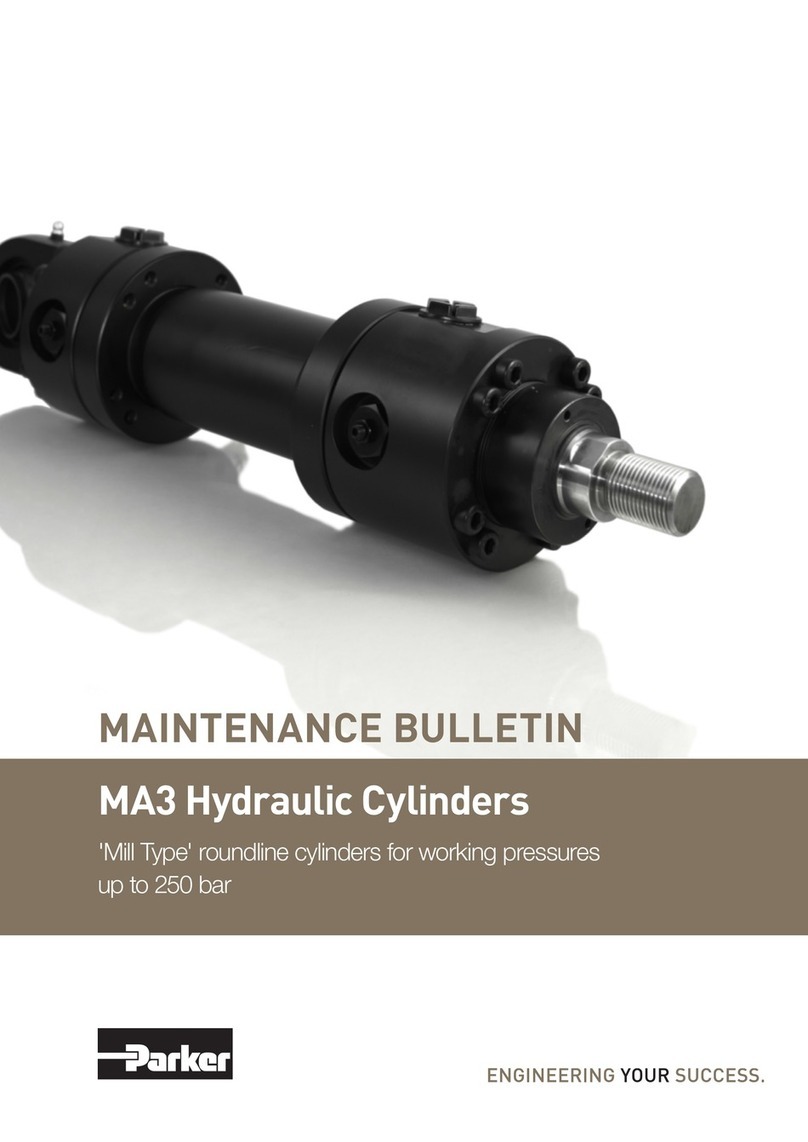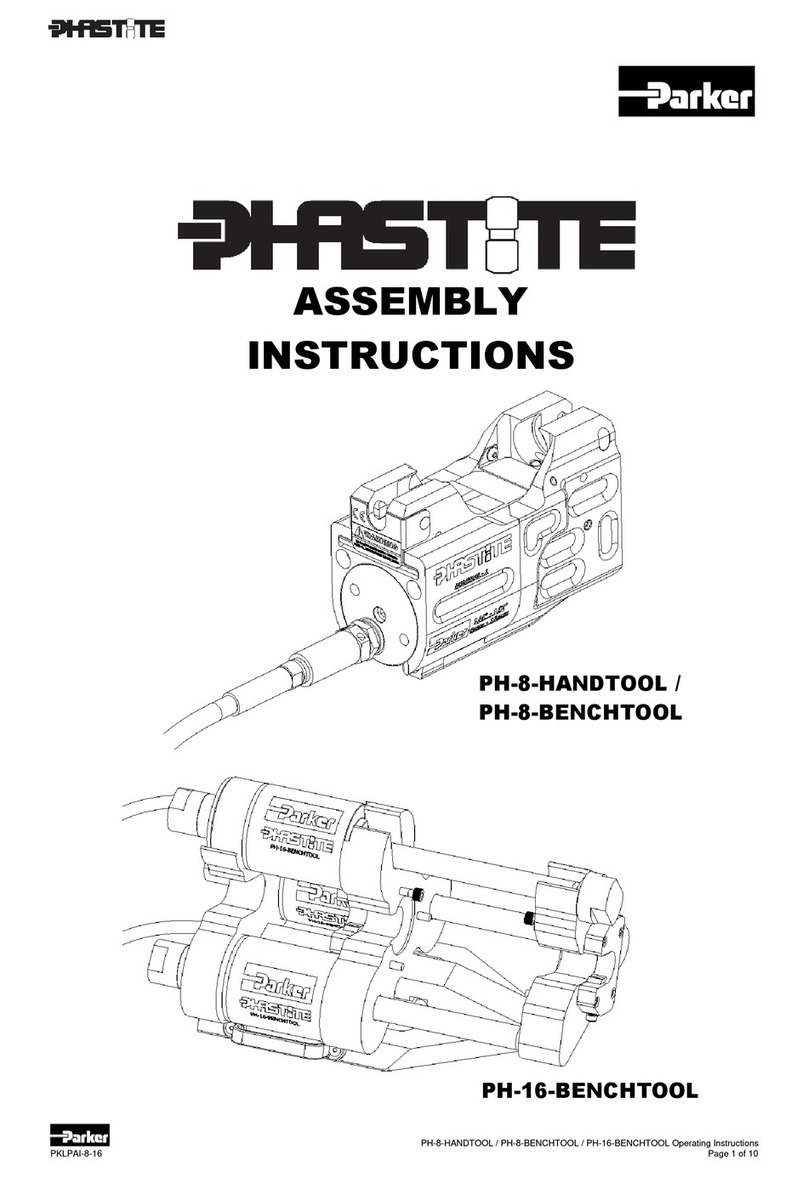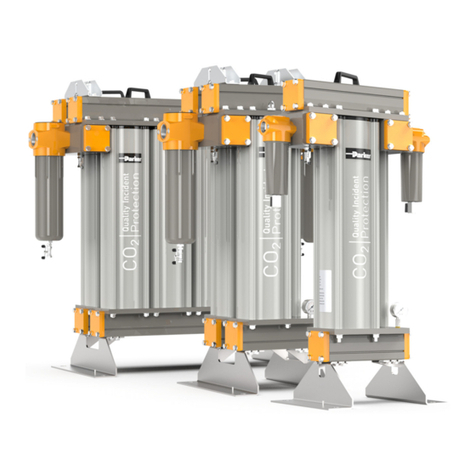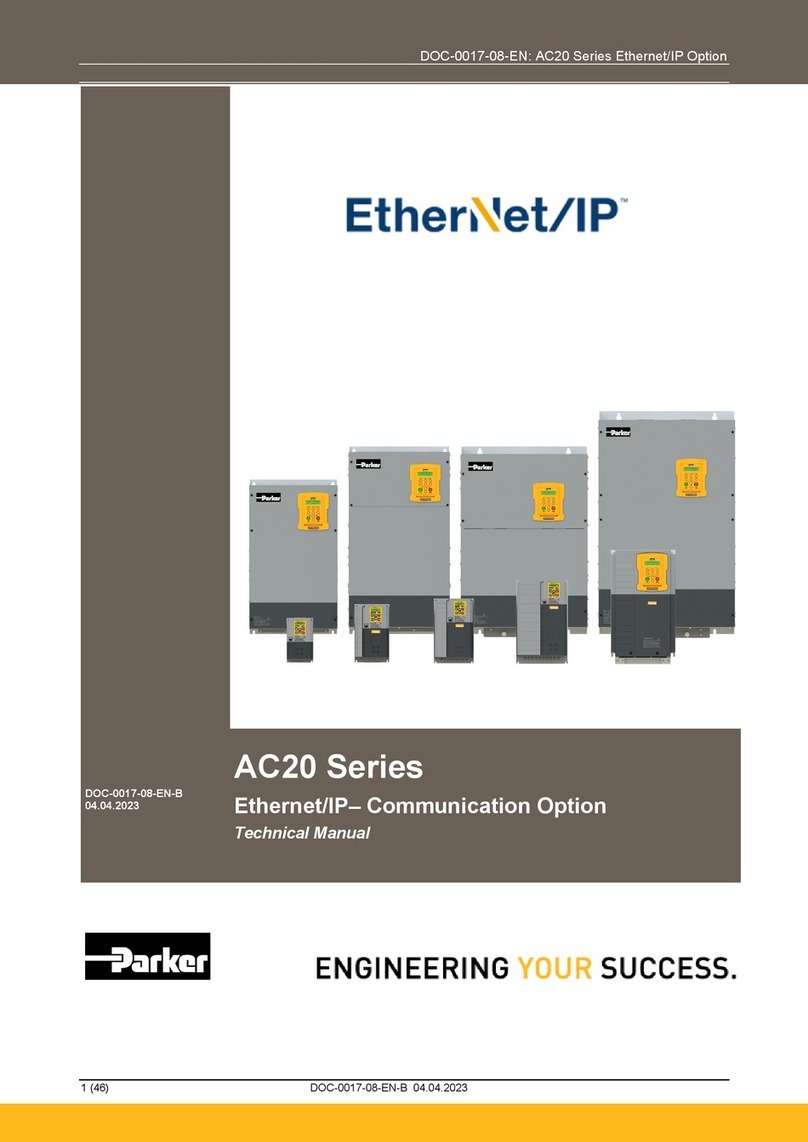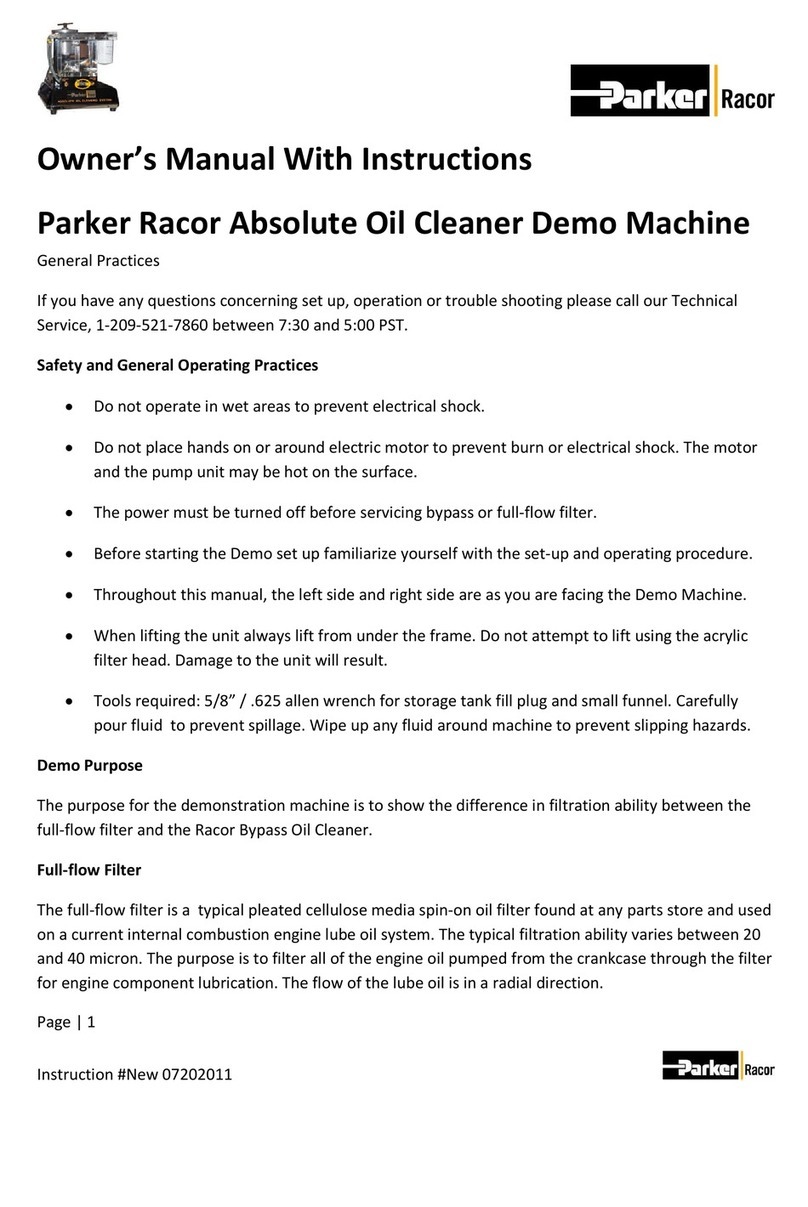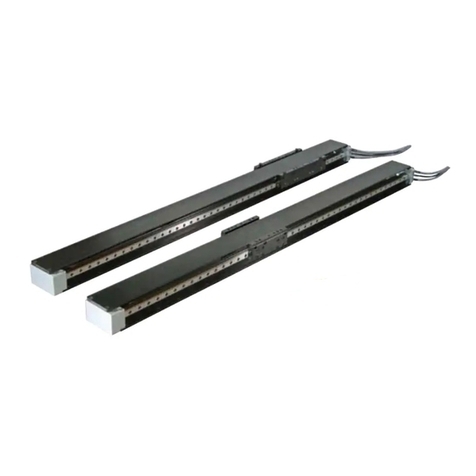
(1) Dew Point Controller and Display. Directly controls dew point and provides
consistent digital display of the dew point. Factory set at 38ºF. During Actual
display mode, displays the dew point temperature from 20ºF to 99ºF or -6ºC to
37ºC. During DP SET mode, the unit displays dew point set points from 36ºF to
50ºF in 2º steps or 1ºC to 10ºC in 1/2º steps. (NOTE – the ones digit decimal
point is used to indicate 1/2º when displaying set point is used in the Celsius
scale). ºC LED indicates the display is in Celsius. ºF LED- indicates the
temperature display in Fahrenheit. ACTUAL LED – shows actual temperature
being measured by system. DP SET LED – INDICATES that the display is in
programming mode during which the set point can be changed and stored. The
dew point display also displays the unit error codes when they occur (See
Diagnostic Codes).
(2) On / Off Button for Load/No Load mode. When LED is on, this indicates
when the unit is in the Load/No Load Mode.
(3) On / Off Button for Thermal Bank Mode. Thermal Bank LED indicates when
the unit is operating the thermal bank mode.
(4) Raise / Lower Buttons. These are used adjust the set point values. The set
point will change once for each time pressed. If the button is pressed and
held, the set point will change one step per second.
(5) Set Button. Toggles between Actual Display mode and Set Point mode.
During the Set Point Display mode, the Raise and Lower keys are used to select
new set points which are stored in non-volatile memory when the mode is set
back to ACTUAL. If no keys are pressed within 15 sec., the mode is
automatically set to ACTUAL. This switch is also used to select the temperature
scale that the unit will operate in by pressing and holding for 15 sec. (The unit
will toggle between ºF and ºC)
(6) Hidden Button. Positioned at the bottom center of the Dew Point window
between the Mode keys. When, pressed, the display will show the external
suction temperature at the expansion bulb. It has no further effect on
operation. It may also be used for other diagnostics and factory test purposes.
(7) Power Saver Active LED. Unit in mode of low power consumption.
Refrigeration system unloaded or in thermal banking condition.
(8) High Dew Point Alarm LED. Indicates that the unit is in High Dew Point
condition. The high dew point alarm light with remote dry contacts, will
activate when the actual dew point is 15ºF higher than the dew point set point.
Any diagnostic code will activate the high dew point alarm immediately.

